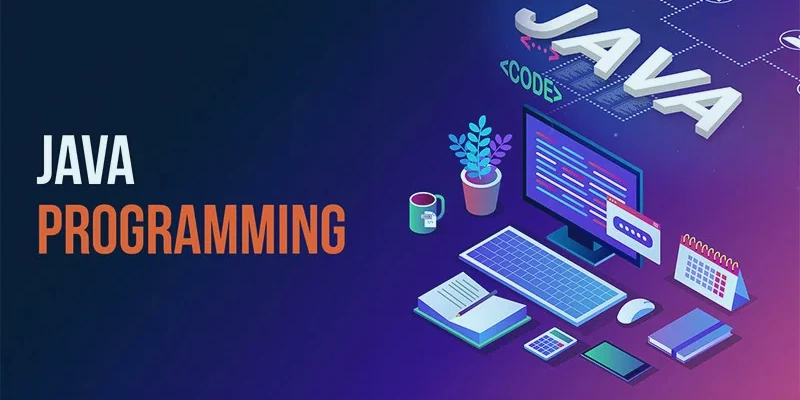
When working with any programming language, file handling is a fundamental skill. Whether you’re reading from a configuration file, writing logs, or processing large data sets, understanding how to work with files efficiently is essential. In Java, the two main APIs used for file handling are java.io and java.nio. Each has its strengths, use cases, and quirks. If you’re just starting out and want to build these skills with hands-on experience, joining a Java Training in Hyderabad can help you understand file operations in web applications.
Introduction to java.io
The java.io package has been part of Java since its early versions. It provides a stream-oriented approach to file handling. Streams are sequences of data either input or output that allow applications to read from or write to files, memory, or network connections. File handling with java.io is straightforward and well-suited for smaller tasks where performance is not a major concern.
You can use FileInputStream and FileOutputStream for byte-level operations, and FileReader and FileWriter for character-level operations. These classes are ideal for handling text files and smaller data sizes, making them popular in console applications or smaller desktop programs. For those who want to strengthen their understanding of stream-based file operations in live projects, participating in a structured Java Training in Dindigul is a smart way to gain practical knowledge from industry-focused sessions.
The Limitations of java.io
While java.io is simple to use, it comes with some limitations. It doesn’t scale well for high-performance or large-scale I/O operations. For example, reading a large file line by line can be slow due to the blocking nature of streams. Every read or write operation waits until the current task finishes, making it inefficient for concurrent data handling. Another limitation is a lack of advanced features such as memory-mapped files, file channeling, and non-blocking I/O. These are essential in scenarios where latency, speed, and concurrency are priorities. This is where java.nio comes into play.
Enter java.nio: The Modern Alternative
Java New I/O, or java.nio, was introduced in Java 1.4 as a more scalable and performance-oriented API. It offers buffer-based I/O, non-blocking operations, and a more powerful way to interact with files. Instead of relying on stream classes, java.nio works with channels and buffers to read and write data efficiently.
Java.nio support for delayed I/O represents one of its main benefits. This implies that while you wait for I/O operations to finish, your application can carry on with other activities. This approach significantly boosts performance in applications that rely heavily on file access, such as servers and real-time data processors. If you’re aiming to take your Java file handling skills to the next level, understanding the nuances of java.nio is essential. Many developers choose to get familiar with these advanced concepts through guided practice in a comprehensive Java Course in Tirunelveli program that includes real-time use cases and collaborative projects.
Working with Files and Paths
The java.nio.file package, introduced in Java 7, made file handling even more intuitive. It brought in the Path interface and the Files utility class, making it easier to create, move, copy, and delete files or directories. The syntax is cleaner, and error handling is improved with better exception classes and methods that throw meaningful messages.
For example, creating a new file, reading all lines, or walking through a directory tree became a matter of a few lines of code. This modern file handling technique is now preferred in enterprise-level applications where code maintainability is just as important as performance. Understanding this transition from basic file streams to powerful path-based utilities is vital for writing robust Java applications, especially when developing scalable systems based on Microservices Architecture with Java, where modular code and efficient I/O operations are essential.
Choosing Between java.io and java.nio
Both java.io and java.nio have their place in Java development. If you’re working on a small desktop application or reading configuration files, java.io might be sufficient. However, for applications that demand performance, scalability, and flexibility, java.nio is a better choice. Knowing which API to use and when can have the big impact on your project’s performance and maintainability. In many real-world situations, developers even combine both, using java.io for simpler tasks and switching to java.nio when more control is needed.
Mastering file handling in Java requires more than just knowing the syntax. It involves choosing the right tools for the job, understanding how the system handles data, and writing code that’s both efficient and reliable. The java.io package offers a straightforward approach for basic tasks, while java.nio opens doors to high-performance, scalable solutions. For those aiming to strengthen their Java development journey, learning these concepts within the framework of a guided Java Training in Kanchipuram can be the bridge between academic knowledge and job-ready expertise.
Also Check: Exploring the Latest Java Frameworks
